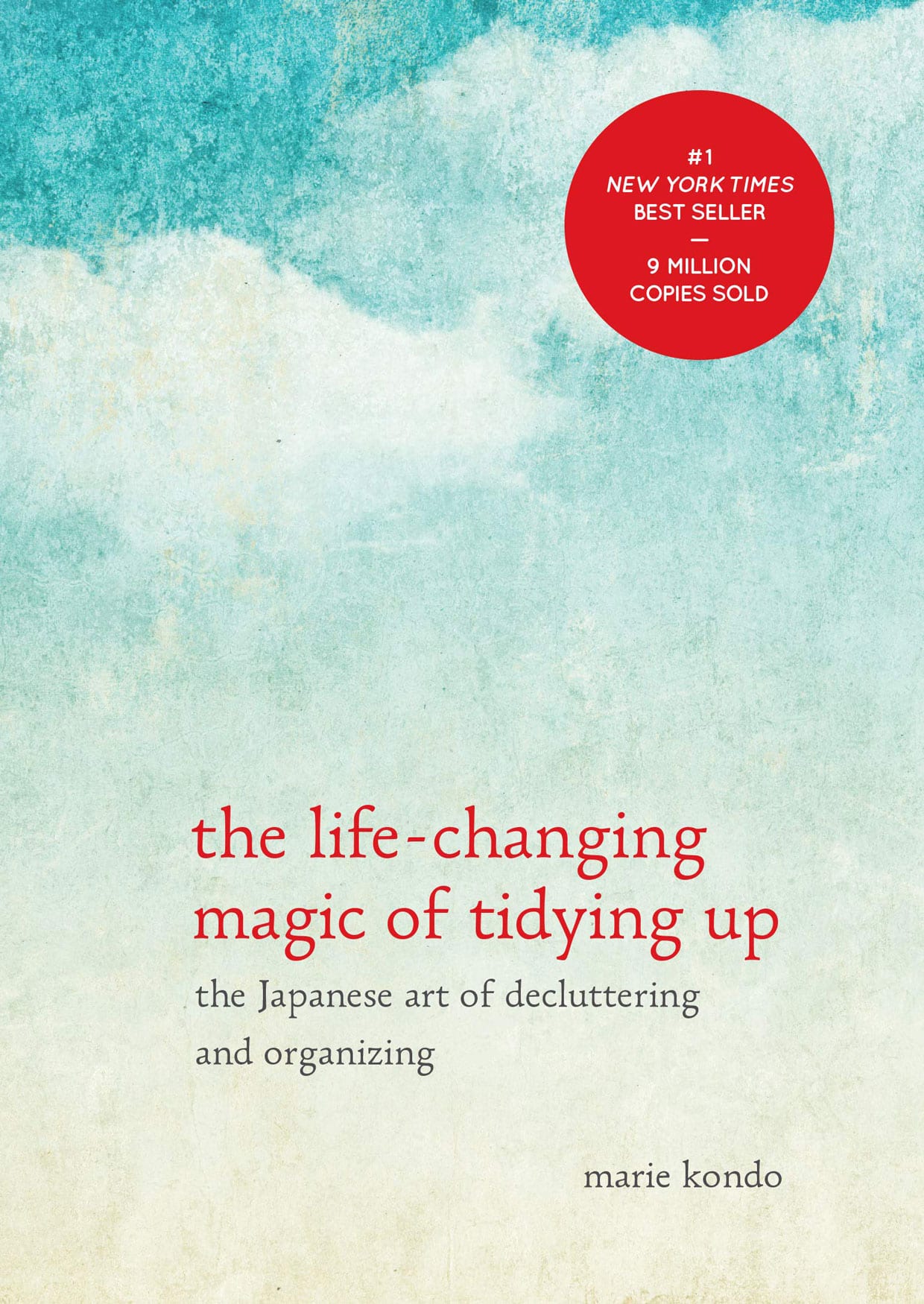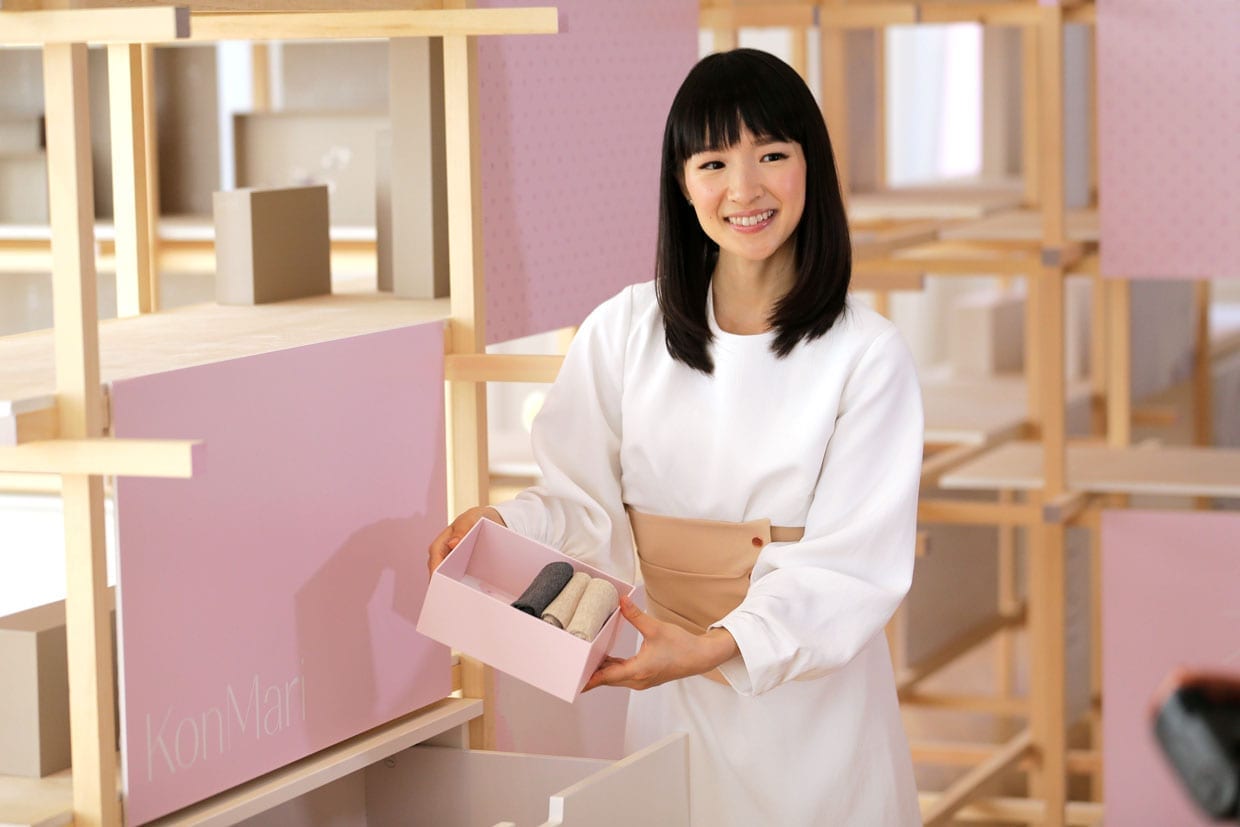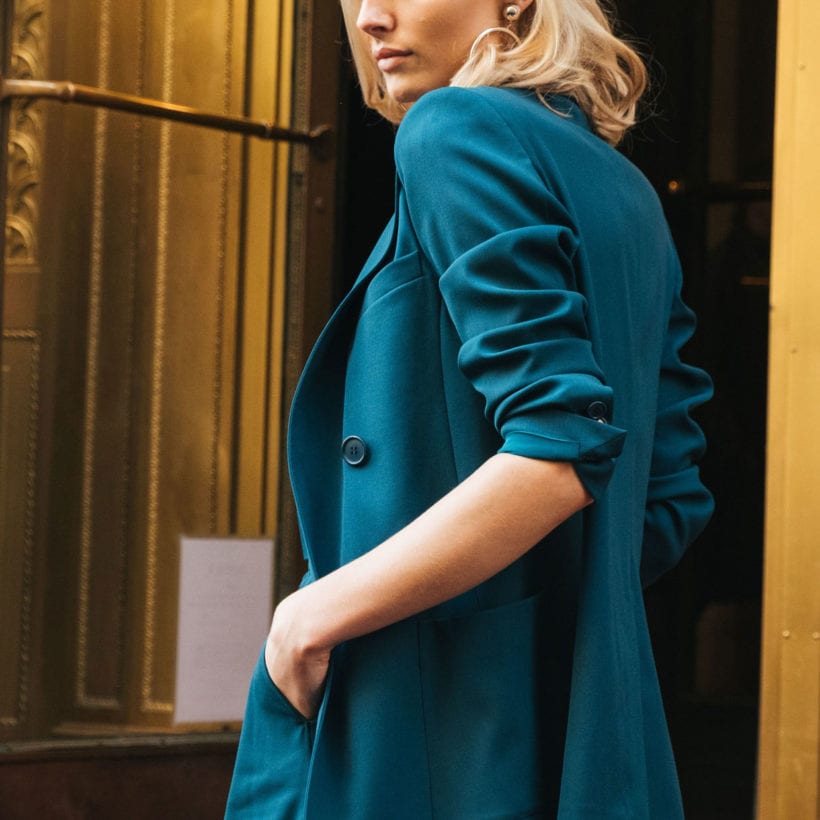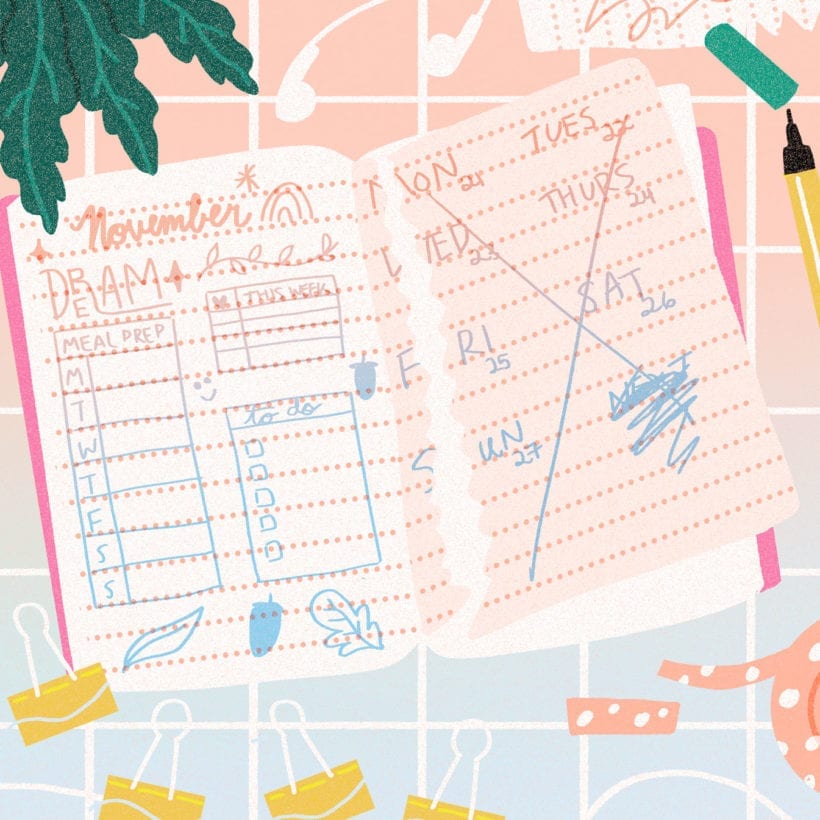I have always considered myself sentimental, which is probably why I hoard all sorts of things that I know I’ll never use or need: tchotchkes I have picked up on vacations, scrapbook pieces for those photos I always promise myself to get to next weekend, uncomfortable metallic Oxfords I kept in the box for years in fear of scuffing them.
Then there are my beauty products — oh, the beauty products — that take over the only full bathroom in our house (plus our bedroom, linen closet and soon-to-be nursery). My obsession to collect and gather as if I were preparing for Sephora to go out of business the next day was fine for a while when I was the only one living in my space. After all, 25 lipsticks for someone who rarely wears anything but the clear balm is totally normal, right? But as my husband and I prepare for our first baby girl to arrive in just a few short months, I knew something had to be done when her future bassinet was being used to hold my face creams.

So, when I heard about organization expert Marie Kondo’s global best-selling book, “The Life-Changing Magic of Tidying Up: The Japanese Art of Decluttering and Organizing,” and the premiere of her Netflix series “Tidying Up with Marie Kondo,” I knew it was exactly the drastic change I needed to get our place in better shape.
Kondo shuns popular organizational methods like putting items away in storage for certain seasons, tidying up little by little every day or — my personal favorite — shoving everything into the back of a closet before guests come over. Ok, so she probably never advocated for the latter, but you would be lying if you said you have never done the same. She believes that even though these techniques temporarily help, they do not maintain our cleanliness in the long run.
Instead, Kondo’s feng shui philosophy addresses the mental attachment and emotional baggage that comes with holding onto unnecessary belongings and encourages that we follow one extreme, but rather a simple idea: Keep only the belongings that ‘spark joy’ and get rid of everything that does not. The process starts off by dumping all your possessions into a single area, then holding up each item in your hands one by one and questioning whether or not it gives your life happiness. The neon eyeliner you swore you would wear every day yet still pristinely remains in its original packaging? If you cannot say that it really speaks to your heart, then toss it. The overpriced at-home foot spa bath you bought three years ago and only used once? You thank it for the service it played in your life (or for teaching you that you prefer occasionally shelling out for an actual spa session) and let it go.
A true KonMari cleanse demands that you go through every single item in your house — clothes, kitchenware, office supplies, etc.— and identify the things that bring you joy, but for the sake of the experiment, I started with my mammoth pile of beauty products. Here is what I learned as I put Kondo’s suggestions in action:
It will make you feel nostalgic
The most important step to Kondo’s technique is to physically pick up each item (not just observe it from a distance) and think about how you would feel if that piece was no longer in your life. This often confronts you with your past and discarding it sometimes makes you feel like you are trying to bury the choices you made that shape the person you are today. Perhaps that $300 eye cream was a splurge from your first-ever paycheck and it inadvertently marks a pivotal moment in your career. Understandably, it is hard to throw it — and the memories tied to it — out the door (even if it ended up being totally wrong for your skin type).
Other times, you could argue you are thinking about what is to come. Maybe my future daughter will want it. What if this trend makes a comeback? The scrunchie collection you wore during your pre-teen years was stylish back then, but chances are even the biggest ’90s revival will not inspire you to whip them out again.
Do not wait around for “one day”
My just-in-case possessions consisted of a tower of anti-aging serums my mom might use or a stack of travel makeup remover packs in case I go on a last-minute vacation. Kondo leaves no room for such excuses. Sure, it is always good to be prepared, but if you do not notice them on a day-to-day basis they are not truly needed. Realistically, my mom takes nearly a year to finish any beauty product so hoarding backups is not necessary. And how many times do I jet off to Saint Lucia on a whim? Let’s say … never (and with a little one on the way, that statement becomes even more of a certainty).
Forget fancy storage containers
A few minutes on Pinterest will easily convince that you need a nail salon-worthy 10-tier polish rack, but Kondo rejects buying extra storage — a huge disappointment for someone like me who can get lost in the aisles of The Container Store every weekend. “A booby trap lies within the term ‘storage,’” she writes in her book. “I can honestly declare that storage methods do not solve the problem of how to get rid of clutter. In the end, they are only a superficial answer.” Kondo suggests that your bathroom shelves, empty containers and shoeboxes (stored on their side for easy access) are all you need when it comes to decluttering your beauty products.
Be mindful of your schedule
Getting my beauty stash organized took a little over eight hours over two days. That means if you are applying Kondo’s principals to all of your belongings, or if you live in a larger home, you will want to carve out a decent chunk of time. Kondo claims the entire process can take a few hours to a few months, which sounds overwhelming and exhausting, but she says she has never had a client relapse back into messiness once they completed the process.
You will question your “joy sparking” moments
As a writer that makes a living off finding the joy in hair and makeup products, it made the KonMari process even more difficult than your typical beauty consumer. I spent a full five minutes pondering the joy-giving powers of an empty bottle of Shu Uemura x Karl Lagerfeld face wash (circa 2014) that features a drawing of the designer’s adorable cat, Choupette. Kondo ensures that sometimes the things that spark joy will not always make sense. There is an anecdote in her book about how she holds onto a T-shirt she got at a Japanese expo over a decade ago. The shirt features the face of Kiccoro, a green, furry cartoon character that was one of the expo’s mascots. Kondo talks about how it is the one thing in her home that she cannot bring herself to part with, even if people ridicule her about it.
Let yourself have a couple of free rides
While I can take pride that my baby girl will now have the space to sleep, roam and play when she finally arrives, I allow myself a special spot in my linen closet for my joy-inducing beauty products, and I do not feel guilty about it. Kondo believes “these are the types of things you should bold hang on to. If you can say without a doubt, ‘I really like this!’ no matter what anyone else says, and if you like yourself for having it, then ignore what other people think.”
We only recommend products we have independently researched, tested, and loved. If you purchase a product found through our links, Sunday Edit may earn an affiliate commission.






